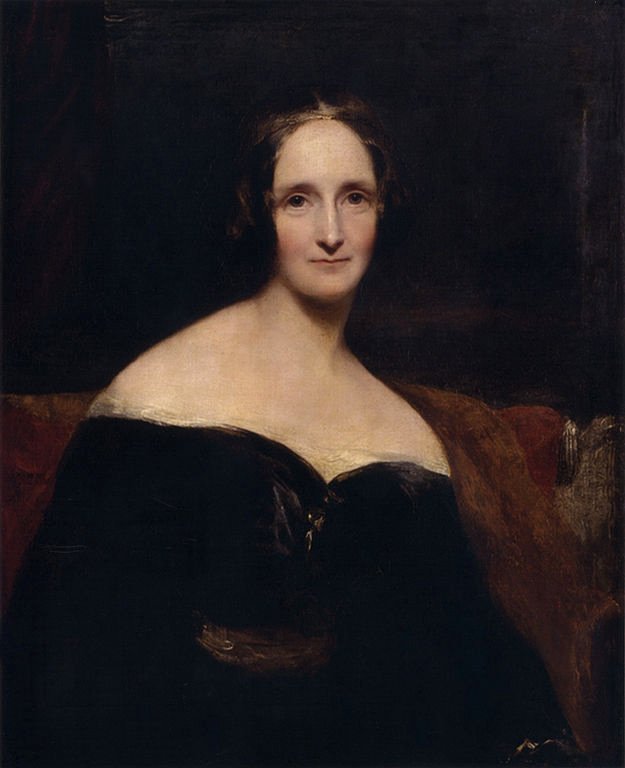[dropcap letter=”W”]
hen in 1818 Mary Shelley went into the laboratory to create Frankenstein, she took into account a series of physical magnitudes such as length, mass, electric power… In fact, all the basic parameters. To refer to them, to the magnitudes, we use arbitrary units of measurement. It is essential in order to neutralize the time irreducible factor that actually conditions the experience. If it did not condition, the hundred meters that this summer separated your beach towel from the bar would be quite different from a one hundred meters walk, without direction, in the desert, despites of some similarities such as heat, or sand, on which you would leave your footprints. Equally different would be the cubic meters excavated for the own coffin’s pit and the same cubic meters excavated for another person’s coffin. From the set of 7 magnitudes, time is the only unit of measure anchored to feelings. To the extent that his imprint depends on the emotions and the scale through which such emotions become involved. Mary Shelley, for example, created a being tormented due to the lack of love of his father, the scientist Victor Frankenstein, and it is the prolonged loneliness in time that makes grow in Frankenstein, the new being, sentimentality and hatred.
The relationship we maintain with parents during childhood acts on our intention to live. By means of the “slow hours” the child draws the master lines of what will eventually become his inner world, which will place in the orbit of sensuality
Hermann Hesse says that sentimentality consists in assuming those feelings that are not taken seriously by other people’s reality, and this fact leads to suffering. Sentimentality is made of slow hours, those we have spent waiting for a call, sitting in the plastic chair in the emergencies’ waiting room or those we experienced when we were kids, hidden in bed, trying to evade from a discussion between parents. It is evident that in the case of this last example, the parent’s discussion, an adult person would not understand it in the same way as a child. An adult would rise vehemently and send them far away. But the boy, of course, does not have the courage to confront them and lives that discussion in a space of time which is as eternal as painful, turning the interval into one of the worst experiences of the, by then, soft existence. Regardless of what happened to Frankenstein, these stages of helplessness put the child in the the need to protect himself from the brutal state of vulnerability.
The relationship we maintain with parents during childhood acts on our intention to live. By means of the “slow hours” the child draws the master lines of what will eventually become his inner world, which will place in the orbit of sensuality. It is through sensuality that the child begins to design his own beauty canons, and it is in beauty where he re-joins the happiness that he does not find in the family context. It is a journey that allows him to define his art, whose value and amplitude will be determined by the ability to project love. The absent love in the relationship of parents and, the love that he will have to knit with his own thread. In his art the child forgets himself and replaces anxiety -met by eyes that see too much- for happiness.
Outside happiness, the human being -both the non-adult and the adult- will continue to impose its beauty standards in order to interpret the outside world in his own way. It will be a sad beauty, but this sad beautiful is what will keep him literally alive
This is a path of non-return and can be derived in the abstract or, on the contrary, end up in behaviours prone to destruction and criminal behaviours, as occurs with Shelley’s creation.
Outside happiness, the human being -both the non-adult and the adult- will continue to impose his beauty standards in order to interpret the outside world in its own way. It will be a sad beauty, but this sad beautiful is what will keep him literally alive: the excitability of the soul, the peremptory capacity to fall in love, the ability to love ardently, surrender and experience, in the world of feelings, an unusual cosmos that moves him away from reality.
Fortunately, over the years and having endured tragic episodes, those who have been able to abandon the refuge of torment and those who have not managed to escape life, will build slow, fixed images, unalterable. In conclusion they just go on, turn them into a voice, in light, into artistic creation. While the non-adult being lives in the tragedy, obviously, the perception is still too early in order to understand properly the success that would suppose to retain the emotions with dignity -for, later on, once the tools become available, transform them. But the future-artist intuition, clumsy when he is still a child, the only thing he knows to fall in love.
Because the children of slow hours act only by loving. Everything that is not about falling in love, any reality that is not transformable, will seem dismissible and will be rejected. In this manner functions the mechanism of those who, as a child, were forced to build their own universe in order to survive. Of course, there are other ways of giving birth to an artist. This path is only one, that is born through tears and painful tension. Episodes that, at the same time, we have been delighted to be able to forgive.




















